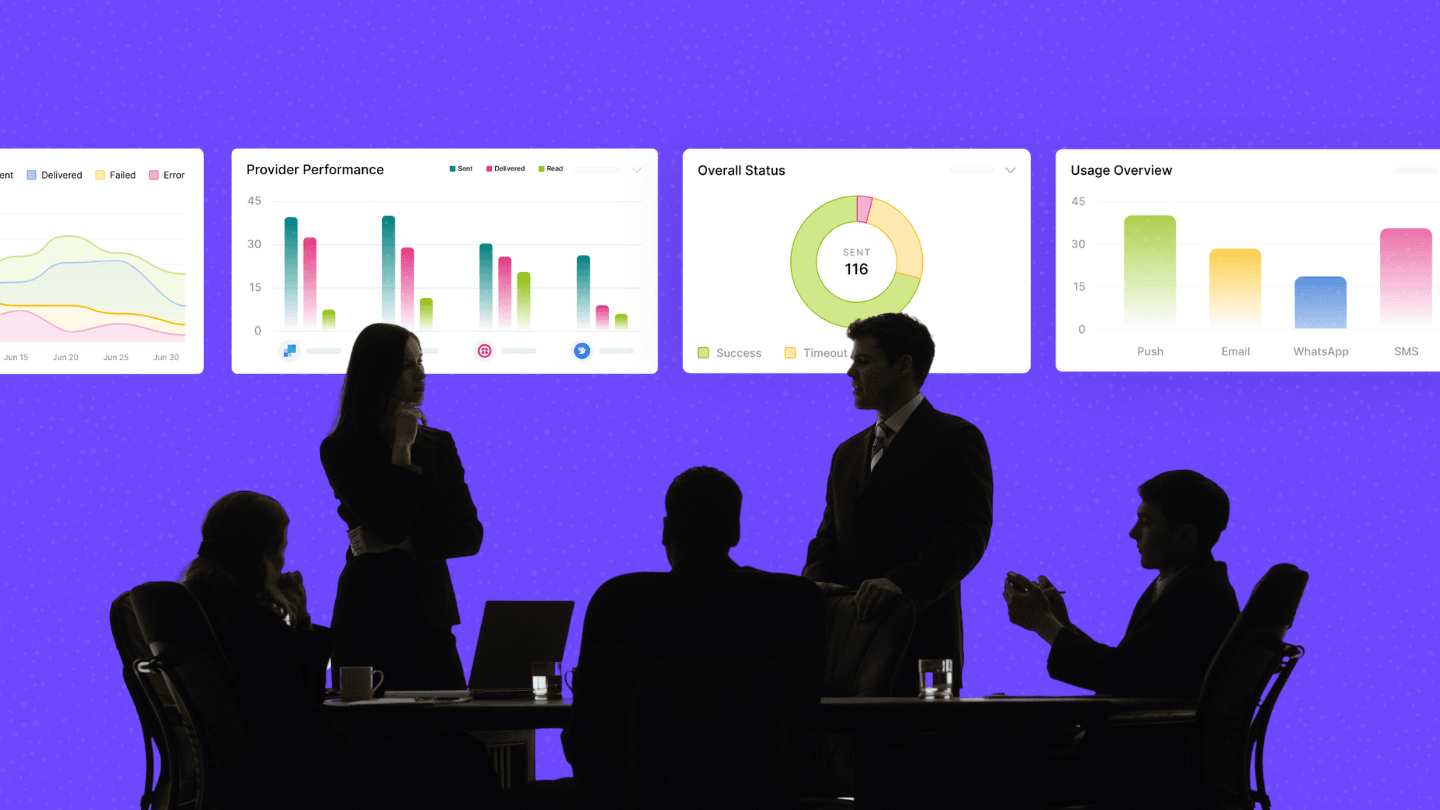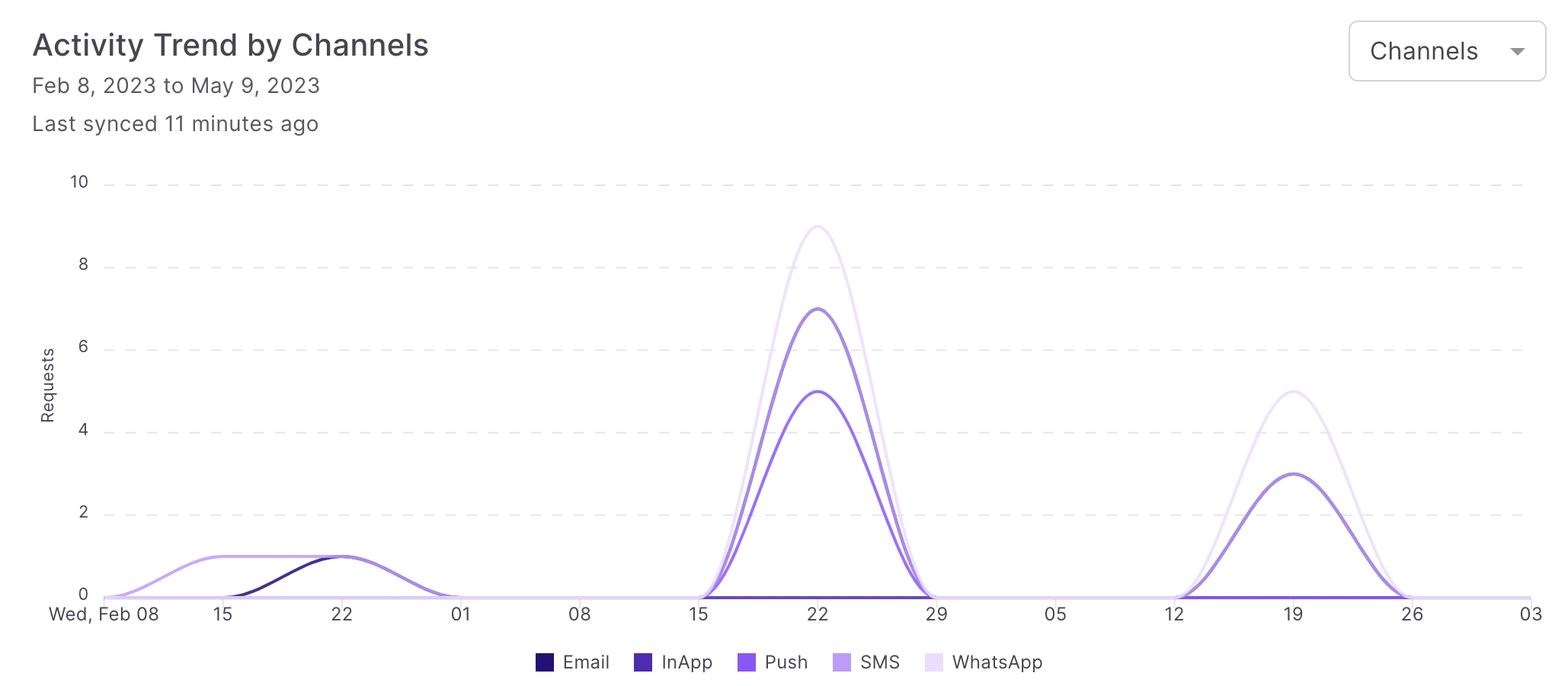Most businesses thrive and find a winning formula that works for them because they make data the backbone of their way of working. From website traffic to social media reports, in-app metrics, unique users, and so much more, data tells us stories about our businesses so we can chart out the future with more confidence and clarity. This also helps to gauge if the business is moving in the right direction or not.
When it comes to notifications, businesses approach analytics differently. Although notifications are a crucial part of product and growth, obtaining analytics data can be time-consuming. In this blog, we explore how omnichannel analytics can greatly enhance your communication and notification strategy.

How can omnichannel analytics be a PM’s best friend?
To understand how well a notification strategy is working, it’s important to look at every channel that a business has engaged. For example, if a PM has triggered a message across SMS, email and WhatsApp, it’s possible that the user saw the message on WhatsApp and hence ignored the same on the other two channels it was sent via. Now, if a PM were to get SMS analytics in silos, it might seem like the notification, though delivered, was not opened.
Omnichannel analytics gives a broad overview and an edge for a PM to focus on all channels at the same time. Most businesses today engage with 2 or more channels to keep in touch with their customer base. This helps the PM make more informed and important decisions while tweaking the notification strategy for the business.
What is the current landscape of analytics?
Getting single-channel analytics, unless for a very specific reason, can be long-winded. For the sake of a better explanation, let’s take the same instance from above where the PM has triggered a message using 3 channels - SMS, email and WhatsApp.
So now, this is what the PM has to go through:
- Log into Twilio
- Download stats for the SMS sent out
- Log into Gupshup
- Download stats for the WhatsApp message sent out
- Log into Postmark
- Download stats for the email sent out
Once all reports have been collated, the PM then manually checks for the performance of the notification that’s being tracked and then pits them against the other on an Excel sheet to compare and contrast. One important thing to also note here is that while the information might be available on almost all platforms, the way it is presented by different platforms will be different. This will require a PM to then put a lot of extra time and effort into bringing these different pieces of data into one common format that’s easily readable.
Is there an easier way out?
Of course, there is! At Fyno, we empower PMs with a dashboard that helps them look at data in a single glance, defined by channel, events or even providers.
.png)
.png)

While this provides a helpful overview, there are many more ways of going much deeper into analytics for a PM to truly understand every notification sent out in the past, paving the way for all future notifications that will benefit their business. Fyno identifies channel-level preferences for every user and enables PMs to reach them through those channels. This will improve user experience and also helps to save costs.


